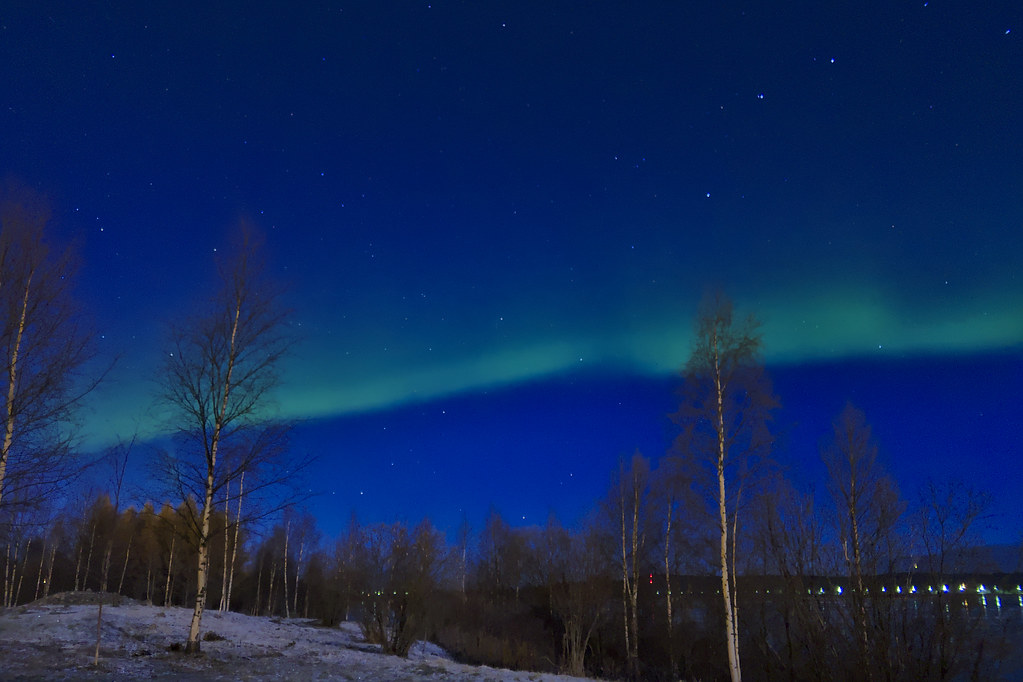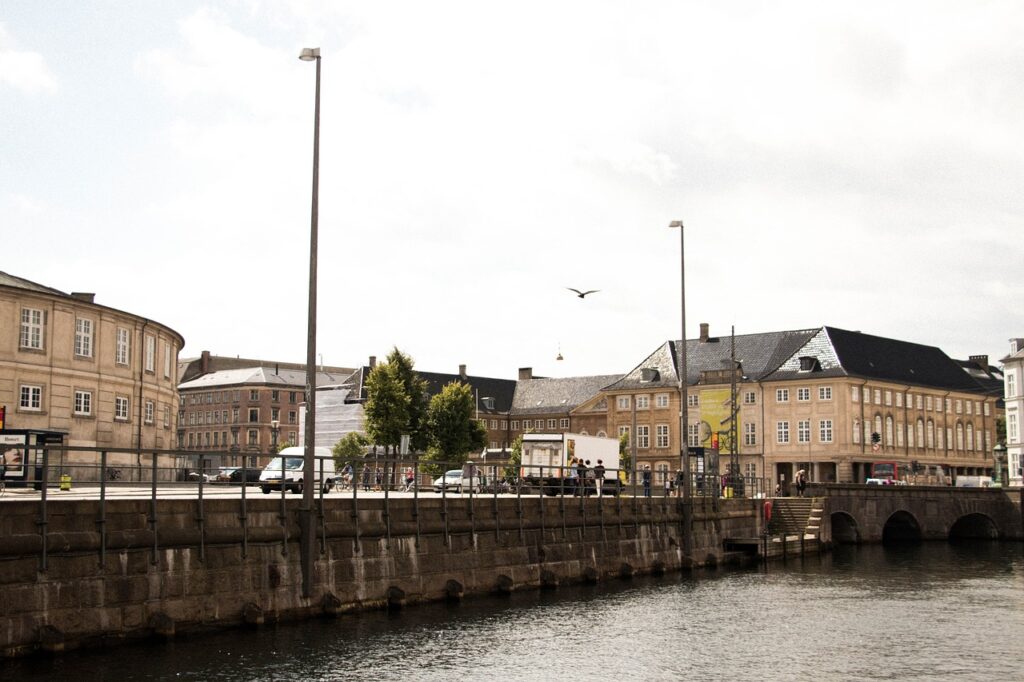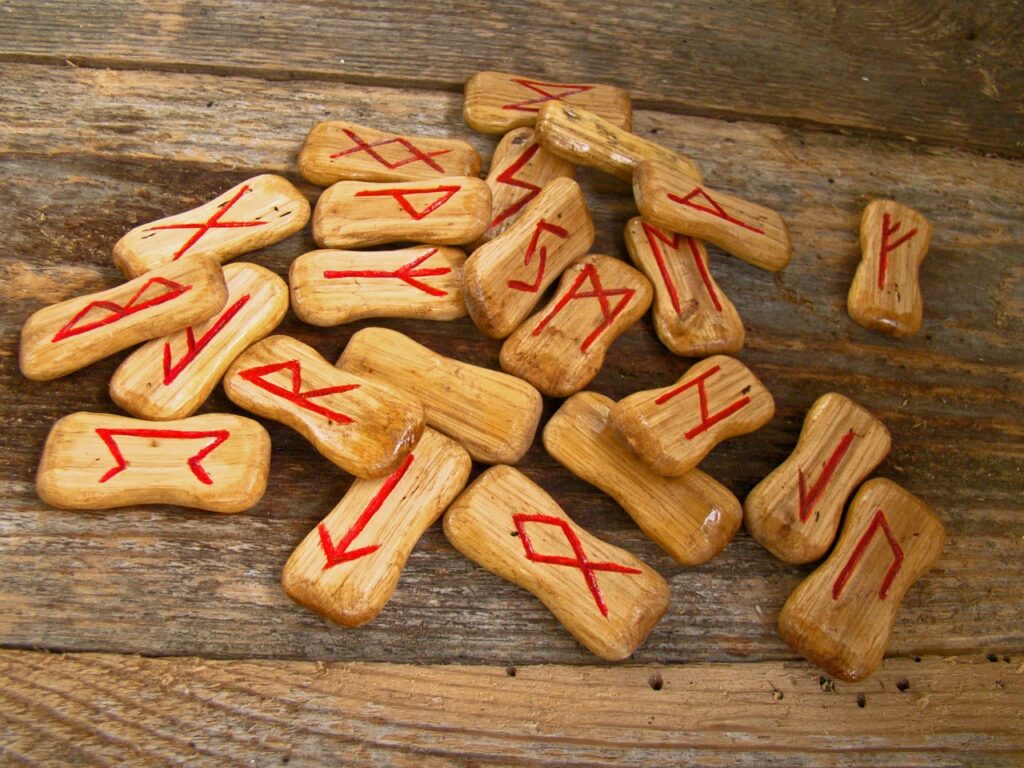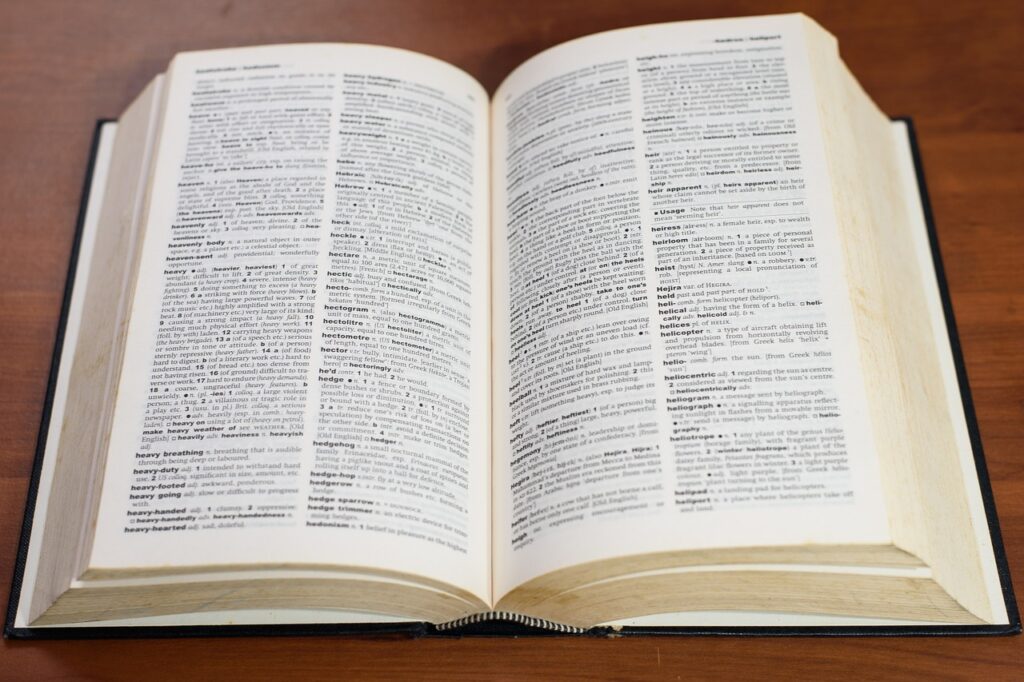Were There Black Vikings? Approaching the Question of Viking Diversity
In the popular imagination, Vikings often conjure images of fair-haired, fearsome warriors navigating the tumultuous seas in their iconic longships. However, it’s crucial to acknowledge the complexities in historical narratives. The Viking Age, spanning roughly from the late eighth to the early 11th century, was marked by extensive exploration, trade, and interaction among various cultures. This prompts a compelling question that invites us to reconsider traditional perceptions: Were There Black Vikings? As we embark on this exploration, we must recognize the challenges of uncovering the full picture of Viking society. Historical records, archaeological findings, and recent scientific studies offer glimpses into the diversity of the Viking population. However, definitive conclusions remain elusive, and interpretations may vary. In the following sections, we will delve into these sources, navigating the complexities of the Viking Age with respect for differing viewpoints on this intriguing aspect of history. The Question of Diversity Among Vikings Scientific and historical evidence suggests that Vikings were a more ethnically diverse group than commonly perceived. The Viking Age, spanning from the late eighth to the early 11th century, was marked by extensive maritime activities, trade, and cultural interactions, leading to a mingling of various ethnicities within Viking communities. Recent advancements in genetic studies, particularly the analysis of ancient DNA from Viking-era remains, have revealed a broader genetic makeup among the Viking populations. Studies have identified genetic markers associated with different ancestral backgrounds, indicating a mix of Scandinavian and non-Scandinavian individuals within Viking communities Historical records mention Vikings originating from different regions, including Scandinavia, the British Isles, and beyond. The Varangians, a subgroup of Vikings, were known for their travels down Eastern European rivers and interactions with the Byzantine Empire, showcasing the fairly diverse origins of Viking participants. Were There Black Vikings? Navigating the Spectrum of Diversity The known diversity among Vikings primarily includes individuals from European regions. The available scientific and historical evidence has primarily focused on identifying genetic and cultural diversity within European populations during the Viking Age. The genetic studies that have been conducted on Viking-age remains, archaeological findings, and historical accounts predominantly highlight connections and interactions with European cultures. While Vikings engaged in extensive trade, exploration, and interactions with various European regions, evidence of direct interactions with individuals from other continents, such as Africa or Asia, is limited. The focus on European diversity is a reflection of the current state of research and the available sources that have been studied. Exploring the Possibility: Were There Black Vikings? If we seek a definitive answer to the question, it is likely that there were no Black Vikings. While explicit evidence of direct encounters is lacking, the interconnected nature of medieval trade routes and cultural exchanges opens the door to the possibility of some level of interaction between Vikings and individuals from more distant regions, including sub-Saharan Africa. However, it’s crucial to emphasize that this remains a hypothesis. Moreover, even if we explore this hypothesis further, the absence of evidence prevents us from asserting that individuals from these regions necessarily joined the ranks of the Vikings.
Were There Black Vikings? Approaching the Question of Viking Diversity Read More »








